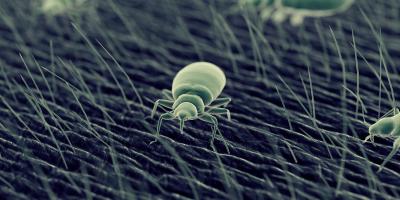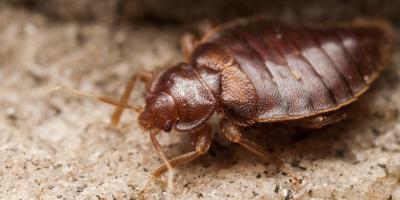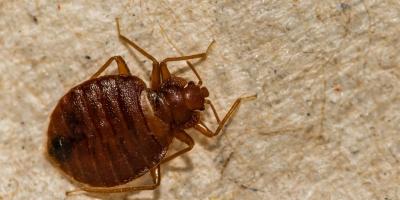Bed Bugs vs. Dust Mites: What's the Difference?

You probably don’t want to share your bed with any non-human creatures (except for, perhaps, the family pet). Unfortunately, of the two most common types of bed-borne pests -- bed bugs and dust mites -- one of them can be found in just about every home in New England and around the world.
Lucky for everyone, then, that the culprit is dust mites, which are far less troublesome than bed bugs. But what’s the difference and why does it matter?
Some Basics About Bed Bugs
The biggest difference is that bed bugs are parasites, which means they feed off of a living host organism (in other words, you). Bed bugs feed on blood to stay alive, much like fleas and ticks. Their bites can leave sores, cause itching and usually a rash that can become infected if it’s not cared for properly.
Thankfully, however, bed bugs are also much bigger than dust mites-- big enough to be seen with the unaided eye. That makes them easier to identify and get rid of (and solves the mystery of what’s causing all those itchy spots on your skin.
Defining Dust Mites
Dust mites, on the other hand, are microscopic, meaning you’d need a magnifying glass, microscope or other device to be able to see them. Dust mites feed on other organisms, too, but they prefer the dead stuff -- flakes of skin that have fallen off a person or animal.
Unfortunately, however, dust mites can still be quite detrimental to human health. An allergy to dust mites might be mild and include sneezing and cough, along with an annoying runny nose. But it could also be far more severe, and include difficulty breathing and chest pain.
You can take steps to kill off dust mites, like washing bedding in water that’s 130 degrees or hotter, but the allergy itself is caused by the dust mite carcasses and droppings, so that step alone may not be enough to stop the reaction.
The Bottomline
Bed bugs are a little more difficult to get rid of than dust mites. The only way to be absolutely certain you’ve eradicated a bed bug infestation is to have a professional pest management handle the problem.
A pest management pro will conduct a thorough inspection of all infected areas, using their specially-trained eye to pick up on signs and look in places you may not have even considered. For example, although bed bugs do tend to congregate where their food source is commonly found -- in the bed -- they can also sometimes shack up in other linens, like curtains and couch cushions.
There are even some special covers for mattresses and other bedding that seal up the places where bed bugs and dust mites typically hide, which in turn help prevent them from populating as quickly. They also help people detect bed bugs early, as to not let the situation get out of hand.
If you think you may have a bed bug issue, our team is here to help. . Check out our bed bug control page and request a free inspection today.



